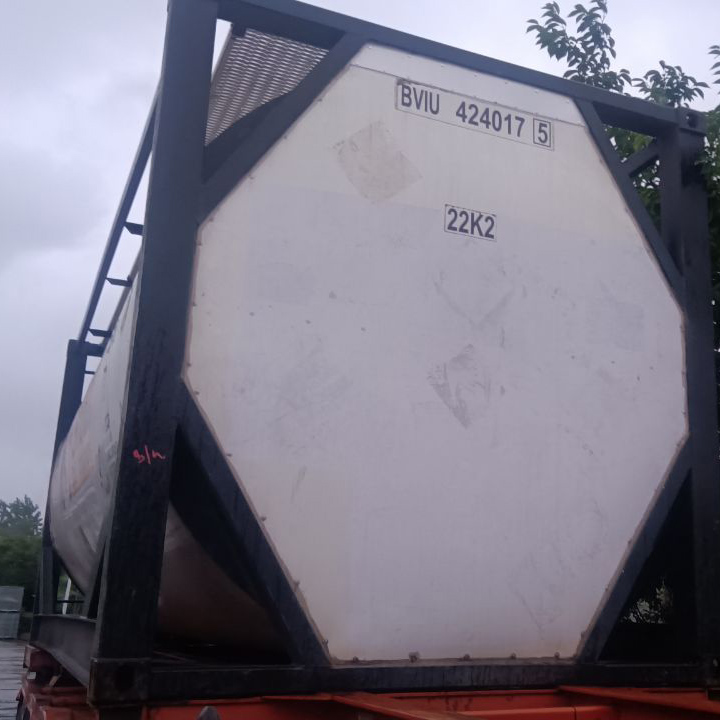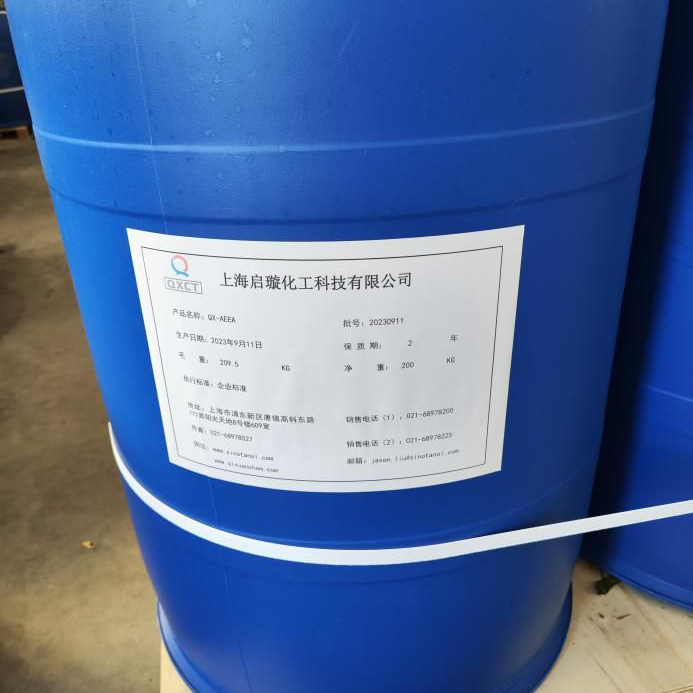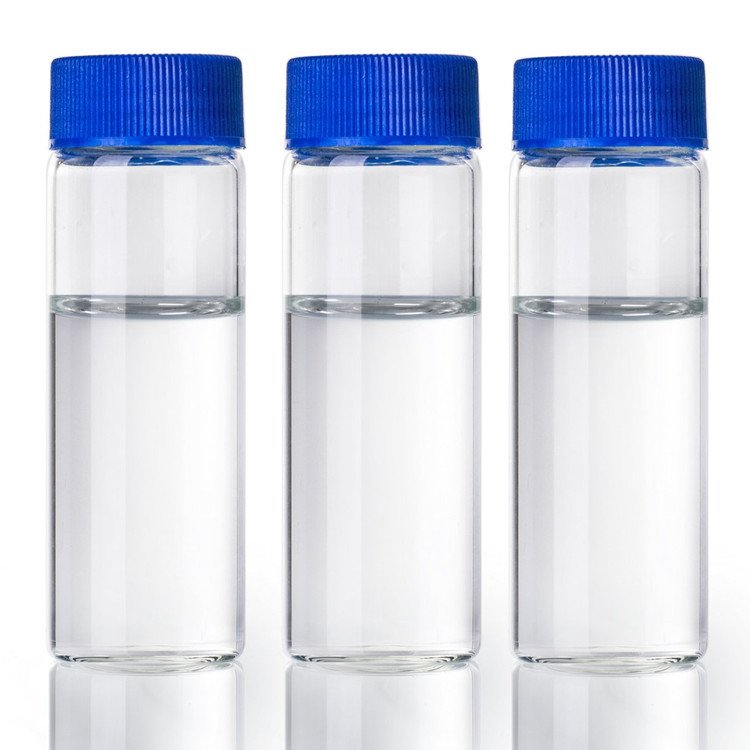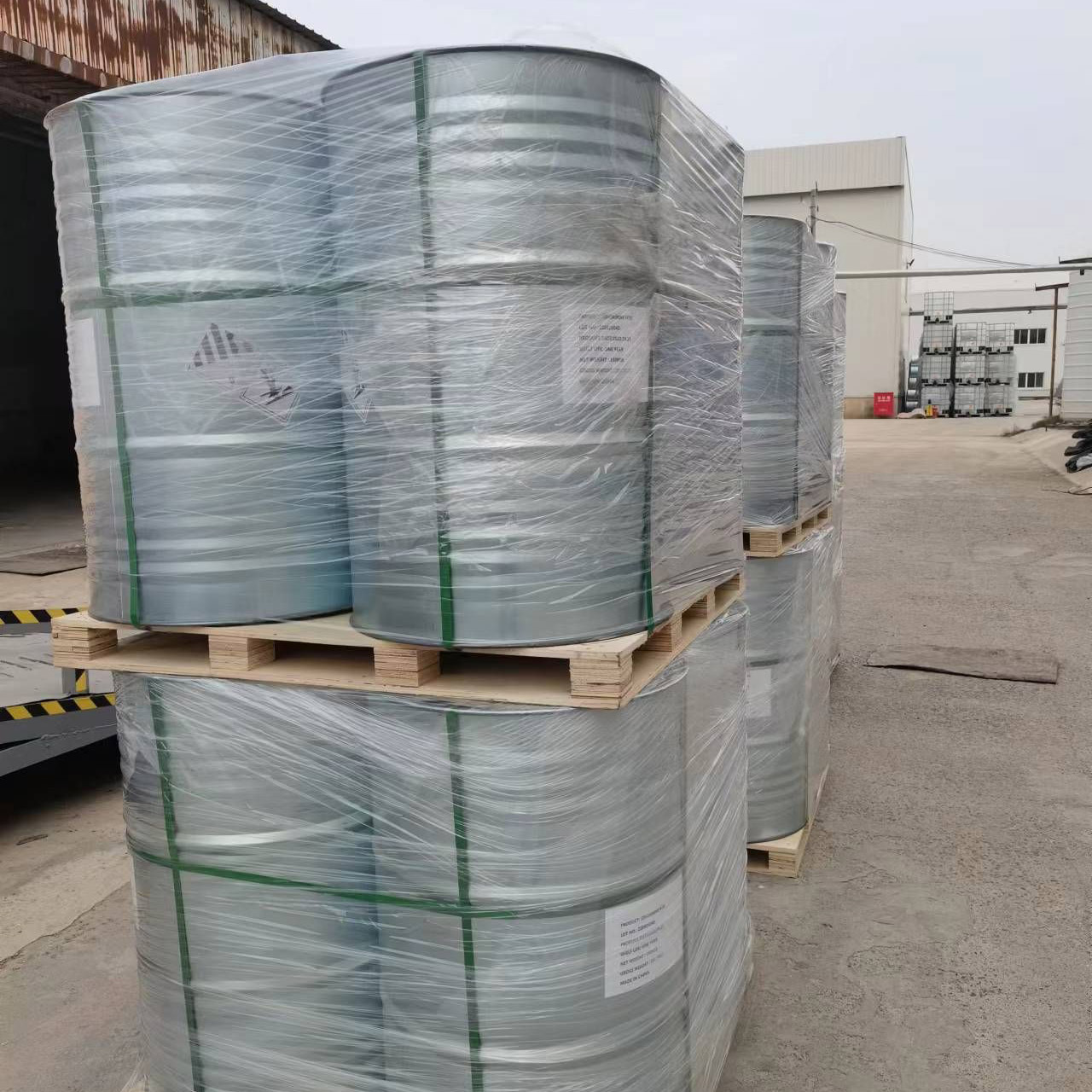
Products
QXPEG8000(75%); Polyethylene Glycol 8000 (75%), CAS No: 25322-68-3
Appearance and properties:
Physical state: paste solid (25℃) pH value: 4.5-7.5.
Water solubility: 100% (20℃).
Saturated vapor pressure (kPa): no experimental data.
Autoignition temperature (°C): no experimental data.
Explosion upper limit [% (volume fraction)]: No experimental data Viscosity (mPa.s): 500~700 Pa·s (60℃).
color: White.
Melting point (℃): about 32℃ Flash point (℃): no experimental data.
Relative density (water as 1): 1.09 (25℃) Decomposition temperature (℃): No experimental data.
Lower explosion limit [% (volume fraction)]: No experimental data Evaporation rate: No experimental data.
Flammability (solid, gas): Will not form explosive dust-air mixtures.
Stability and reactivity.
Stability: thermally stable at normal operating temperatures.
Hazardous reactions: Polymerization will not occur.
Conditions to avoid: Product may oxidize at elevated temperatures. The generation of gases during decomposition can cause pressure to build up in closed systems. Avoid electrostatic discharge.
Incompatible materials: strong acids, strong bases, strong oxidants.
Operation precautions:
Keep away from heat, sparks and flames. No smoking, open flames or sources of ignition in processing and storage areas. Ground wire and connect all equipment. A clean factory environment and dust protection measures are necessary for safe product handling. See page 8.
Section - Exposure controls and personal protection.
When spilled organic material encounters thermal fiber insulation, it may lower its auto-ignition temperature thereby initiating auto-ignition. Safe storage conditions:
Store in original container. After turning it on, use it as soon as possible. Avoid prolonged heat and exposure to air. Store in the following materials: stainless steel, polypropylene, polyethylene-lined containers, PTFE, glass-lined storage tanks.
Storage stability:
Please use within the shelf life: 12 months.
Occupational exposure limits:
If there are acceptable exposure concentration values, they are listed below. If there is no exposure tolerance value listed, it means that there is no suitable reference value used.
exposure control.
engineering control:
Use local exhaust or other engineering controls to keep airborne concentrations below specified exposure limits. If no current exposure limits or regulations are available, for most operating situations, normal ventilation conditions.
That is to say, the requirements can be met. Certain operations may require local exhaust ventilation.
Personal protective equipment:
Eye and face protection: Use safety glasses (with side shields).
Hand protection: For long-term or frequent repeated contact, use chemical protective gloves suitable for this substance. If your hands have cuts or abrasions, wear chemical protective gloves appropriate for the material, even if the contact time is brief. Preferred glove protective materials include: neoprene, nitrile/polybutadiene, and polyvinyl chloride. NOTE: When selecting a specific glove in the workplace for a particular application and period of use, all workplace-related factors should be considered, but not limited to, such as: other chemicals that may be handled, physical requirements (cutting/pricking) protection, maneuverability, thermal protection), possible body reactions to the glove material, and the instructions and specifications provided by the glove supplier.
CAS No: 25322-68-3
| ITEMS | SPECIFICATIONP |
| Appearance (60℃) | Clear viscous Liquid |
| Water content,%w/w | 24-26 |
| PH,5% aqueous solution | 4.5-7.5 |
| Colour,25% Aqueous(Hazen) | ≤250 |
| Molecular Weight by HydroxylValue of 100% PEG8000, mgKOH/g | 13-15 |
| Foam(MI)(Foam after 60,Sec pere Indorama Test) | <200 |
(1) 22mt/ISO.








